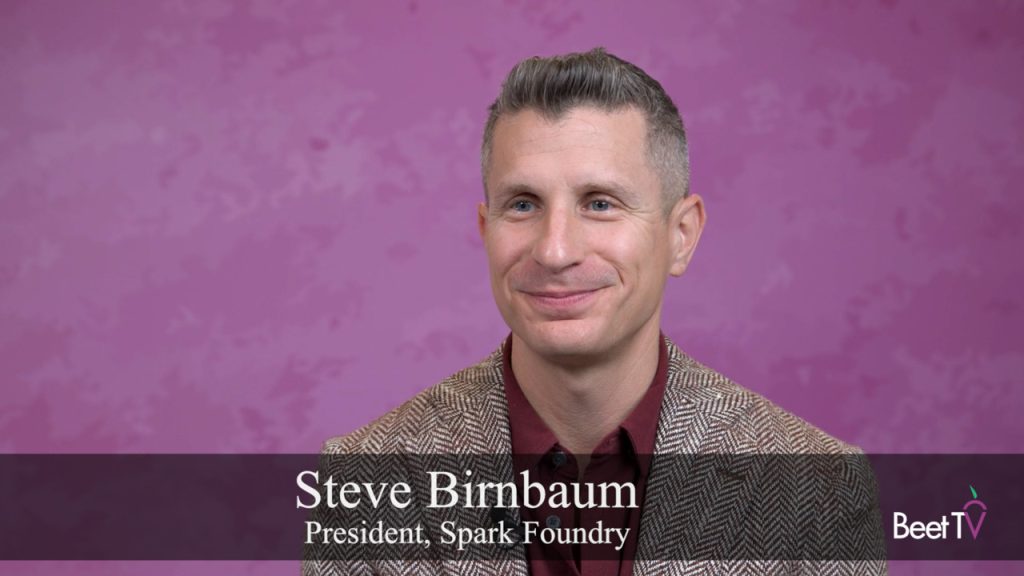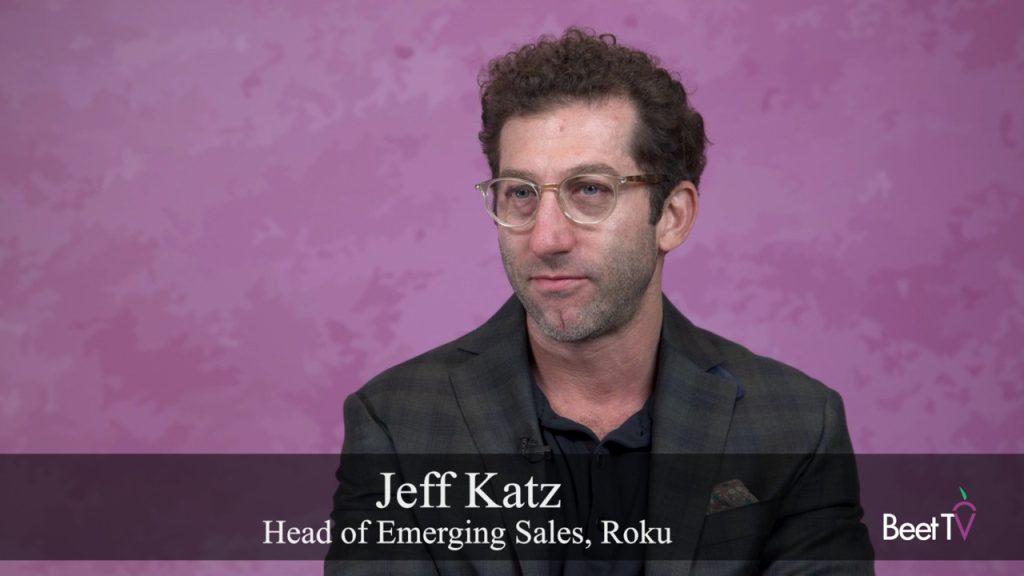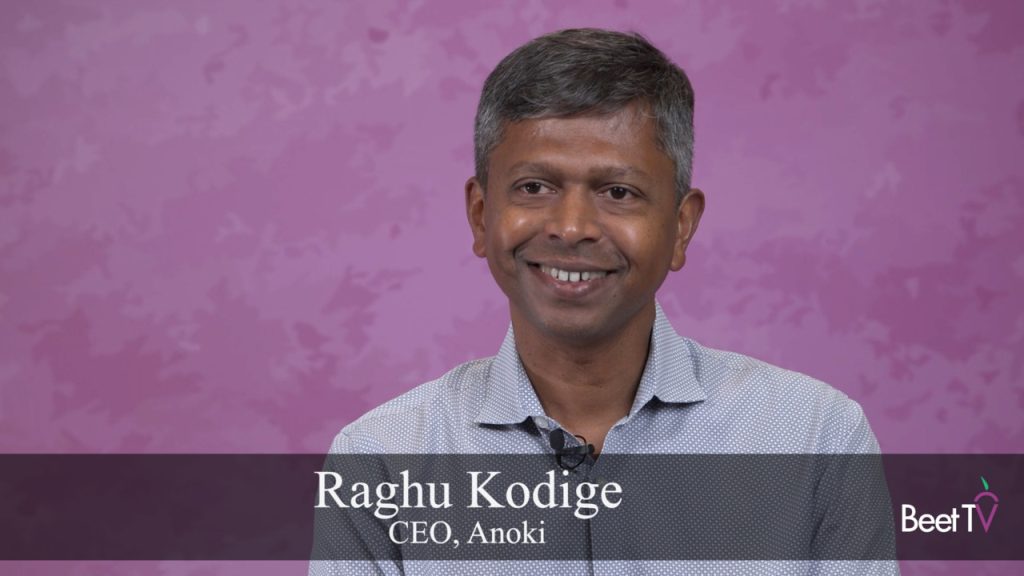The COVID-19 pandemic has forced many advertisers to re-think their spending.
But a shocking new report published during the pandemic has given them even more reason to scrutinize programmatic ad-buying supply chains.
According to the report by ISBA, the trade body for UK advertisers, the Association of Online Publishers (AOP) and auditor PwC, 15% of advertiser spend could not be attributed, whilst publishers receive only 51% of advertiser spend on average.
The figures have been described as “mind-boggling” – especially several years after earlier industry reports first raised the problems around “ad tax” and transparency.
‘Lift the shroud’
For Will Luttrell, it all points to the ongoing need for a supply chain clean-up.
“We are more busy now than we ever have been,” says the founder of Amino Payments, a company working to improve transparency.
Luttrell was previously the co-founder and CTO of Integral Ad Science (IAS), the advertising brand safety software vendor.
He founded Amino to “lift the shroud from the media supply chain and eliminate fraud, waste, and abuse, making the entire industry more transparent and cost-effective”.
Total Visibility
Accountability for each and every dollar spent on digital marketing is more important now than ever. We’re thrilled to partner with @integralads to provide advertisers with Total Visibility into the cost and quality of their media. https://t.co/8ewdT90Q2T
— Will Luttrell (@will_luttrell) April 29, 2020
But IAS and Amino were re-united this April, as the pair announced Total Visibility, an initiative through which IAS customers will get to benefit from Amino’s approach.
The aim is to show advertisers the true cost of qualified media by giving them both impression-level financial insights and media quality verification to optimize campaigns in real-time.
It employs a single tag that collects IAS data, supply path data and financial data, aiming to provide a more accurate cost of inventory and the best supply paths for viewable, safe ads.
In doing so, Total Visibility claims to save advertisers 10% to 15% on their media spend, by buying better inventory. The system is in use by Nestle and HP.
We are proud of our ongoing work with @Nestle, an innovator in digital media transparency.
Read more about how Amino fits into their Global Digital Media Center of Competencies initiative: https://t.co/m5rLb8OE5t
— Amino Payments (acquired by IAS in 2021) (@aminopay) November 13, 2019
“We have seen strong value for both the buy side and the sell side. However, the buy side is currently our main customer target at the moment,” Luttrell says of the initiative.
“When buyers are willing to move money towards transparent supply paths, that’s when the industry moves.
Amino Payment’s feature set includes Lens, which records media spending in a digital ledger, and Pay, which uses “smart contract” technology to enforce agreements between parties.
This video is part of a series titled Brand Suitability at the Forefront, presented by Integral Ad Science. For more segments from the series, please visit this page.








































